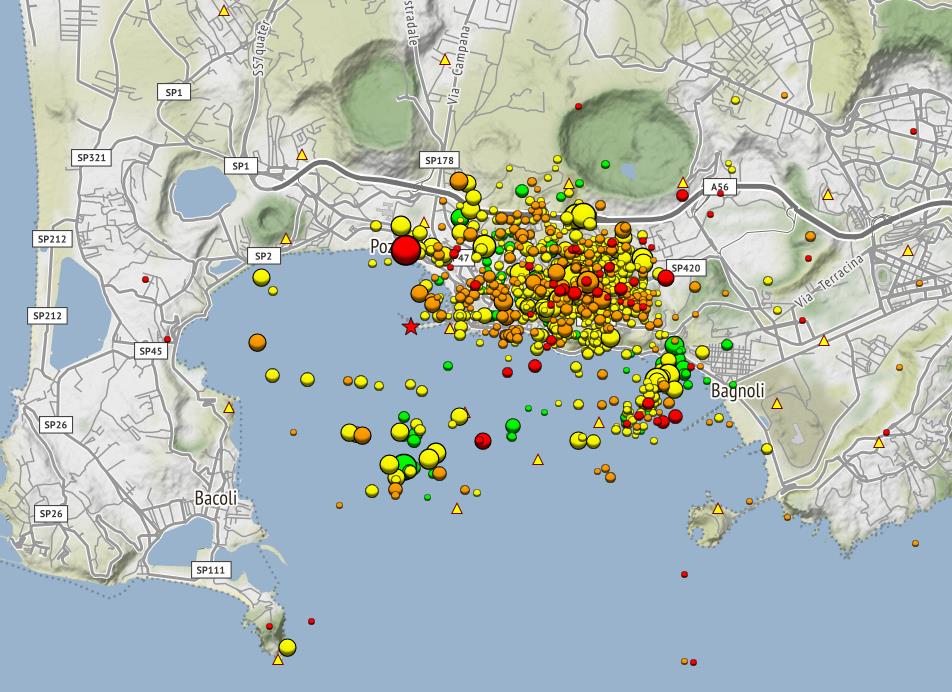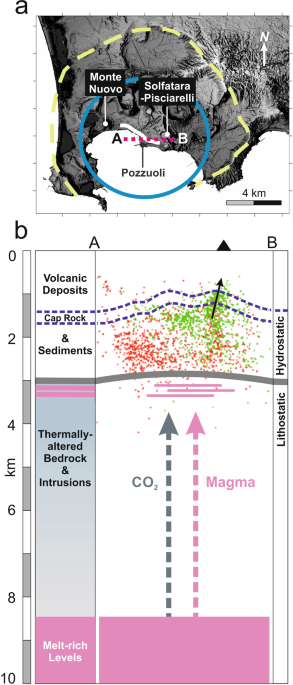Strong earthquake in South Pacific Ocean on Monday, Jun 5, 2023 at 12:45 pm local time
M 5.8 - Balleny Islands region
2023-06-05 02:45:58 (UTC)
62.325°S 155.427°E. 10.0 km depth
USGS earthquake alert

Atmospheric Fluctuation detected on June 01

The M5.8 earthquake occurs after the full moon on June 4.

The last critical planetary alignment according to SSGEOS will occur in a few hours on June 5 involving Earth, Mercury and Uranus.
Let's wait and see.
M 5.8 - Balleny Islands region
2023-06-05 02:45:58 (UTC)
62.325°S 155.427°E. 10.0 km depth
USGS earthquake alert
Atmospheric Fluctuation detected on June 01
The M5.8 earthquake occurs after the full moon on June 4.
The last critical planetary alignment according to SSGEOS will occur in a few hours on June 5 involving Earth, Mercury and Uranus.
Uranus appears to be a key indicator with the occurrence of great earthquakes. In the last 600 years the greatest earthquakes occurred when Uranus was conjunct or opposite the constellations Aries (25%), Leo (55%) and Sagittarius (20%).

Greatest Earthquakes and the Uranus Cycle
Uranus appears to be a key indicator with the occurrence of great earthquakes. In the last 600 years the greatest earthquakes occurred when Uranus was conjunct or opposite the constellations Aries (25rumble.com
Let's wait and see.





